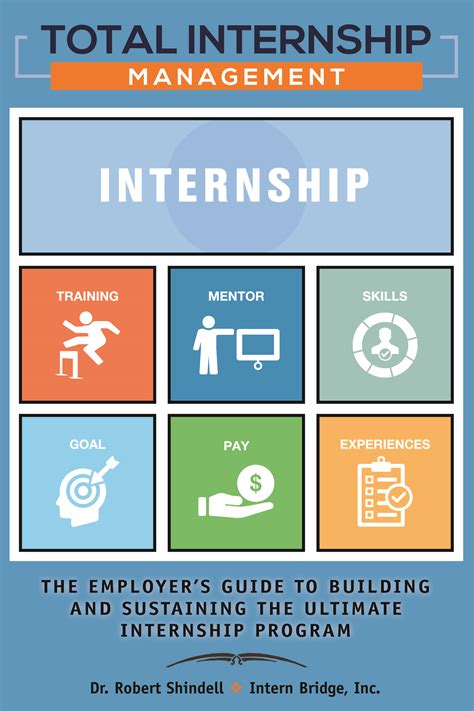Introduction
Internships provide students with invaluable hands-on experience, enabling them to bridge the gap between academic knowledge and practical application. For employers, internships offer a unique opportunity to identify, develop, and hire future talent. The number of internships in the US has grown by 30% over the past decade, with businesses increasingly recognizing the benefits of these programs.

Developing a Successful Internship Program
To establish a successful internship program, employers must adhere to the following guidelines:
- Define Clear Objectives: Establish specific goals for the internship, including the skills and knowledge you aim to impart to the intern.
- Identify Suitable Candidates: Utilize a robust screening process to select interns with the appropriate qualifications, motivation, and cultural fit.
- Provide Structured Training: Develop a comprehensive orientation program and provide ongoing guidance and support to interns throughout their experience.
- Foster a Positive Workplace Culture: Create an inclusive and welcoming environment where interns feel valued and respected.
- Offer Meaningful Projects: Assign interns to projects that are challenging, relevant to their field of study, and aligned with the company’s business objectives.
- Provide Regular Feedback: Offer constructive feedback to interns on their performance and progress, helping them develop their skills and identify areas for improvement.
Benefits of Internship Programs for Employers
Internship programs offer employers numerous benefits, including:
- Talent Acquisition: Internships serve as a pipeline for identifying and recruiting potential employees. Studies have shown that over 60% of interns receive job offers from the companies they interned with.
- Knowledge Transfer: Interns bring fresh perspectives and innovative ideas to the workplace, fostering knowledge sharing and cross-functional collaboration.
- Cost Savings: Internships provide a cost-effective way to access skilled labor and gain valuable insights into industry trends without incurring the costs associated with full-time employees.
- Enhanced Employer Branding: Successful internship programs enhance a company’s reputation as an employer of choice, attracting top talent and fostering a positive employer brand.
Common Mistakes to Avoid
To avoid potential pitfalls, employers should be aware of the following common mistakes:
- Lack of Structure: Failing to provide clear objectives, training, and support can hinder the intern’s learning experience and demotivate them.
- Assigning Menial Tasks: Interns should be given meaningful projects that challenge them and contribute to the company’s goals. Assigning them monotonous or repetitive tasks undermines the value of the internship.
- Neglecting Supervision: Interns require regular guidance and feedback to maximize their development. Neglecting their supervision can result in missed opportunities for growth.
- Exploiting Interns: Internship programs should not be used as a low-cost labor source. Interns should be fairly compensated and treated with respect.
Effective Strategies for Internship Programs
To enhance the effectiveness of internship programs, employers can implement the following strategies:
- Establish Career Development Plans: Work with interns to develop personalized career development plans that outline their goals, milestones, and areas for improvement.
- Provide Mentorship Opportunities: Pair interns with experienced professionals who can provide guidance, support, and industry insights.
- Facilitate Networking Events: Organize networking events that connect interns with company leaders, industry professionals, and other internship participants.
- Collect Intern Feedback: Regularly gather feedback from interns to evaluate the program, identify areas for improvement, and enhance the overall intern experience.
Comparison of Internship Programs
Different internship programs vary in their structure, duration, and compensation. The following table provides a comparison of various types of internships:
| Type of Internship | Duration | Compensation |
|---|---|---|
| Full-Time Internship | 8-12 weeks | Stipend, salary, or both |
| Part-Time Internship | 4-8 weeks | Stipend, hourly wage, or a combination |
| Virtual Internship | Varies | Stipend or hourly wage |
| Remote Internship | Varies | Stipend or hourly wage |
Conclusion
Internship programs offer a mutually beneficial partnership for employers and students. By following these guidelines, employers can establish successful programs that enhance their talent acquisition efforts, foster knowledge transfer, and build their employer brand. Internships provide students with invaluable practical experience, preparing them for successful careers and contributing to the future workforce.
